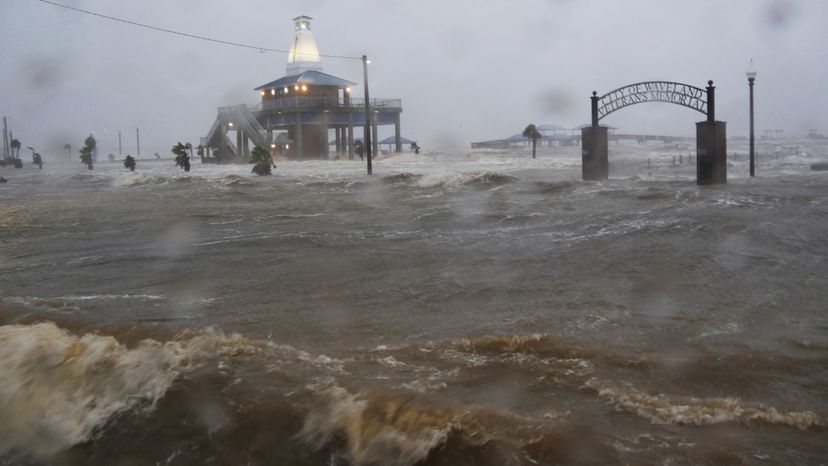Born from a tropical depression on August 26, 2021, Hurricane Ida traversed the Caribbean Sea and gradually intensified into a formidable island hurricane. With each passing moment, the storm continued to grow in strength, eventually reaching Category 4 status on August 29, 2021, with maximum sustained winds of 150 mph.
The rapid escalation of Hurricane Ida can be attributed to the warmer ocean surface temperature, which provided additional energy to fuel the storm and led to stronger winds. As Ida continued its path as a Category 4 hurricane, it unleashed its might upon the Louisiana coast, causing catastrophic flooding, extensive power outages, and unimaginable destruction.
In a matter of days, Hurricane Ida left a lasting impact on the lives of millions of people. The storm’s intensity and the resulting devastation raised serious concerns about the role of climate change in contributing to such natural disasters.
Tropical Depression
Hurricane Ida’s journey began as a tropical depression on August 26, 2021, characterized by thunderstorms and circular wind flow with maximum sustained winds below 39 mph. As the cyclone’s circulation became more structured and its winds grew stronger, it transitioned from a tropical depression to a tropical storm, setting the stage for the catastrophic events that were to follow.
The storm quickly intensified, reaching Category 4 status on September 1st. With winds of up.
Tropical Storm Ida
On August 26, 2021, Ida was officially named as a tropical storm, with maximum sustained winds ranging from 39 to 73 mph. The storm continued to gain strength as it moved across the warm waters of the Caribbean, reaching the Gulf Coast with an ominous presence.
As Ida intensified, it transformed into a hurricane, a more severe tropical weather system characterized by even higher wind speeds. With its sights set on the Louisiana coast, the stage was set for a natural disaster that would leave many communities reeling from the consequences.
Category 4 Hurricane
With conditions ripe for further intensification, Hurricane Ida reached Category 4 status on August 29, 2021, boasting maximum sustained winds of 150 mph (240 km/h) at landfall. The storm’s rapid escalation and destructive potential served as a stark reminder of the power that nature holds, and the vulnerability of coastal communities in the face of such immense force.
The destruction caused by Ida serves as a reminder of the importance of preparedness and resilience.
